

We're funding research on Pacific white shrimp & giant tiger prawn welfare in commercial settings—work that could impact billions of animals.
Up to $10K ($50K for exceptional projects). EOIs due Jan 15, 2026.
Apply: bit.ly/3KVCwMR

Learn more:

Learn more:
We're funding research on Pacific white shrimp & giant tiger prawn welfare in commercial settings—work that could impact billions of animals.
Up to $10K ($50K for exceptional projects). EOIs due Jan 15, 2026.
Apply: bit.ly/3KVCwMR

We're funding research on Pacific white shrimp & giant tiger prawn welfare in commercial settings—work that could impact billions of animals.
Up to $10K ($50K for exceptional projects). EOIs due Jan 15, 2026.
Apply: bit.ly/3KVCwMR
He will explore historical, political, and ethical issues related to marine invertebrate welfare: bit.ly/3K2acYC
He will explore historical, political, and ethical issues related to marine invertebrate welfare: bit.ly/3K2acYC
@insectwrs.bsky.social

@insectwrs.bsky.social
In case you missed it, the video is available on our YouTube channel: youtu.be/HajWZuMto0A

In case you missed it, the video is available on our YouTube channel: youtu.be/HajWZuMto0A
Read more about our SIGs 🔽
buff.ly/Cvd6j18
📸 (c) Pepe Badia Marrero, 2024 Photography Competition

www.cell.com/current-biol...

www.cell.com/current-biol...
If you work on #arthropods 🪲🐜🪳🦐🦗🦂🐝 of any kind and want to study their welfare scientifically, we have 💰for you!
Expressions of interest are due by June 15th. Applications in any area of insect welfare are welcome, but see our website for more information on our priorities. Questions welcome -- feel free to email or comment here.

If you work on #arthropods 🪲🐜🪳🦐🦗🦂🐝 of any kind and want to study their welfare scientifically, we have 💰for you!
Expressions of interest are due by June 15th. Applications in any area of insect welfare are welcome, but see our website for more information on our priorities. Questions welcome -- feel free to email or comment here.



www.arthropodafoundation.org/call-for-pro...
*honeybee welfare projects would also be eligible for funding, although not a priority this funding round.
So please, let's some some of our glorious wild bees for a change!
#Invertebrates




www.arthropodafoundation.org/call-for-pro...
*honeybee welfare projects would also be eligible for funding, although not a priority this funding round.

G. kimorum is a bio control agent of the spotted wing Drosophila, a problematic fruit pest in the US.
For Rutgers entomologist Cesar Rodriguez-Saona.
Lindzeamays.com
🐡🕷️🎨🫐🧪

#sciart #scientificillustration #wildlifeart #nature #invert #arthropods #bugsky #insects
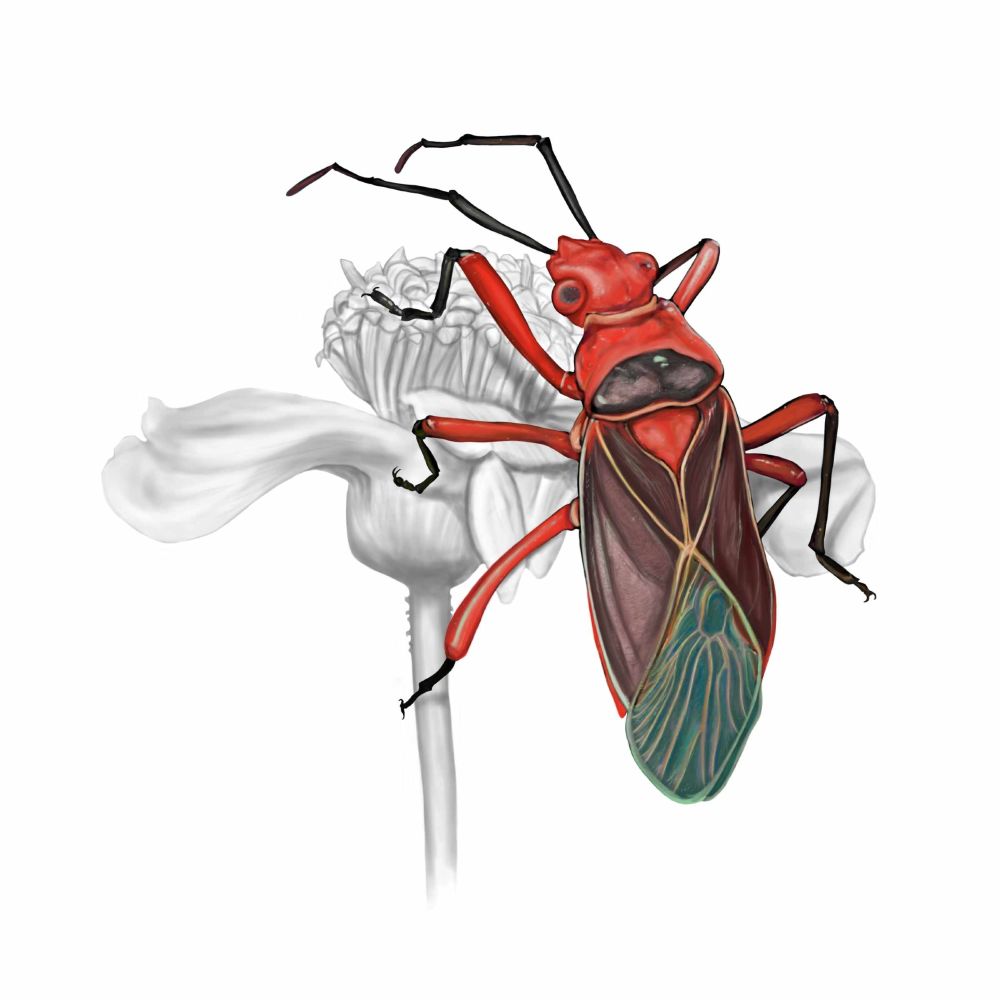
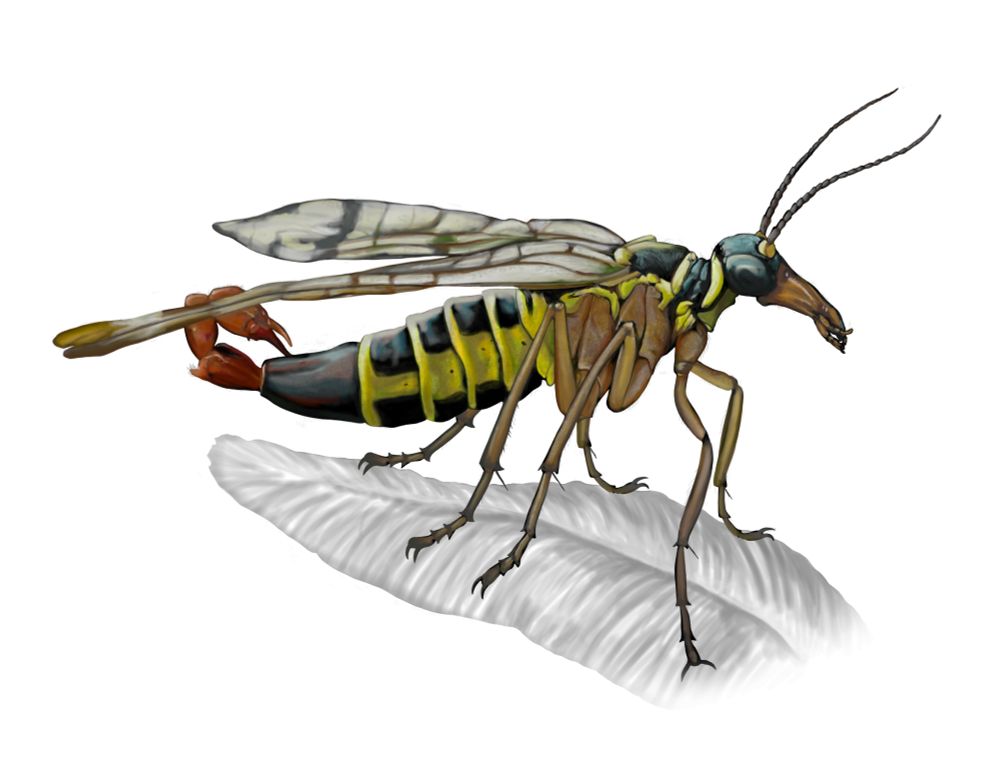
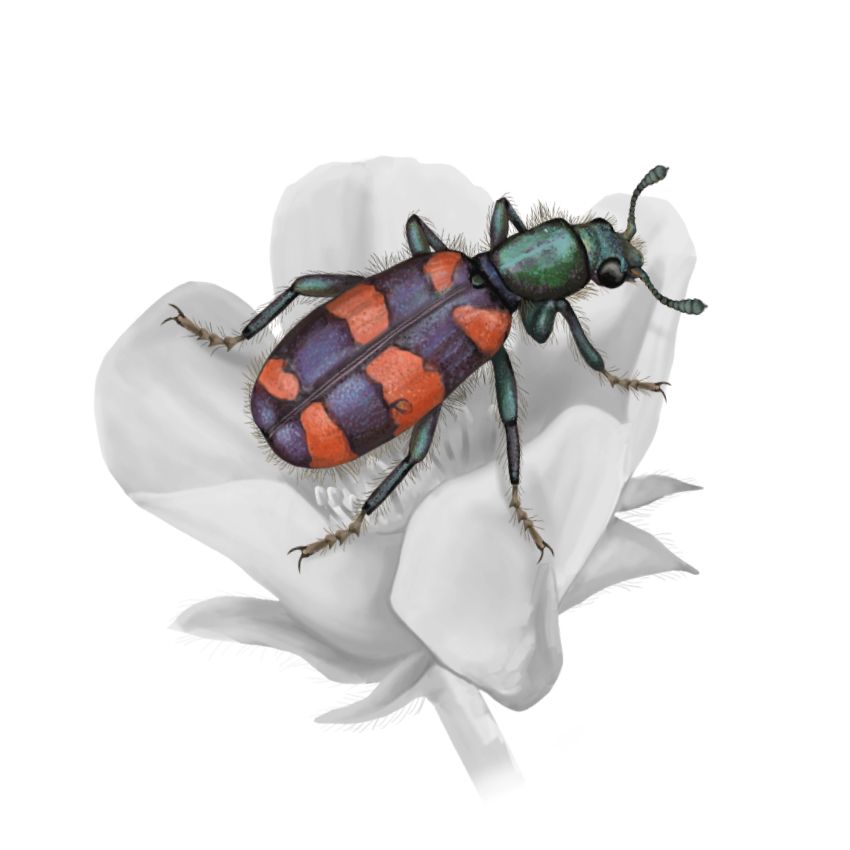
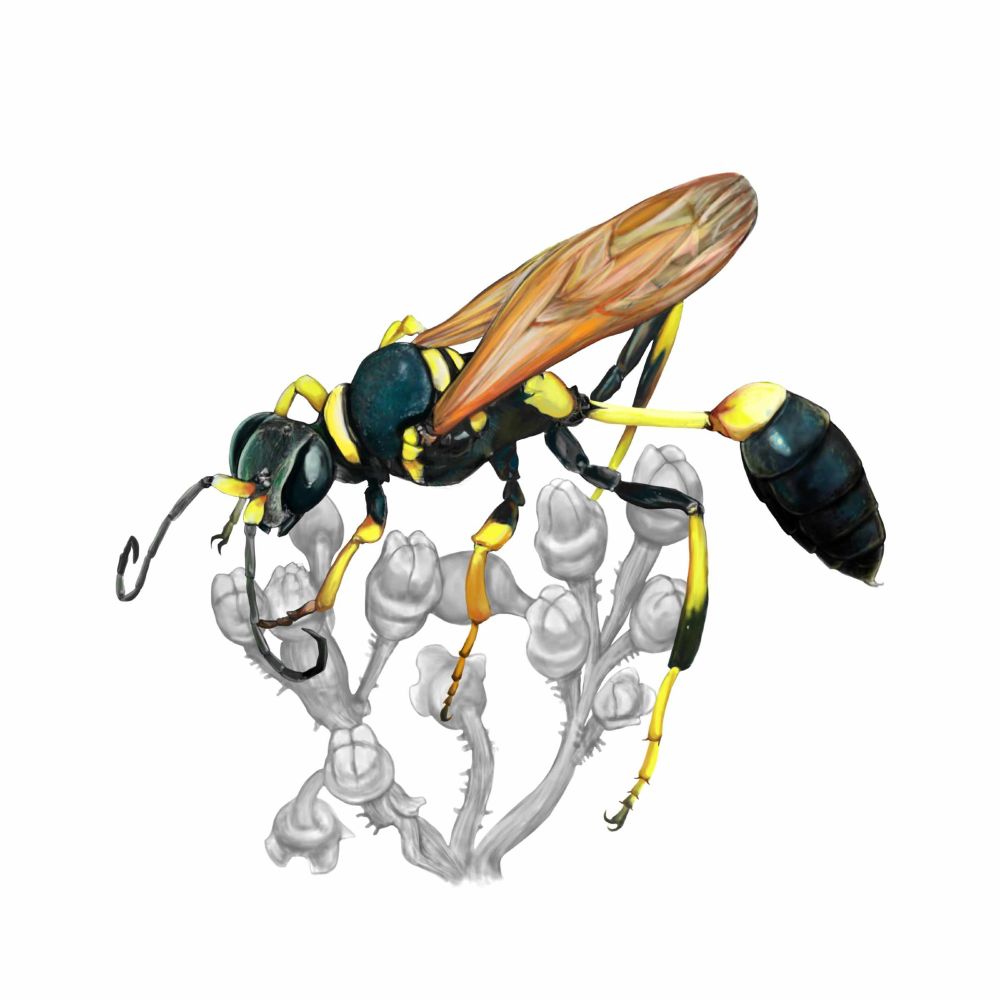
We'd appreciate any effort to boost our reach so we can get lots of cool applications :)
Expressions of interest are due by June 15th. Applications in any area of insect welfare are welcome, but see our website for more information on our priorities. Questions welcome -- feel free to email or comment here.

We'd appreciate any effort to boost our reach so we can get lots of cool applications :)
Read on:
www.biorxiv.org/content/10.1...

Read on:
www.biorxiv.org/content/10.1...

Huge discount for RES members so join today, save more when you register before the earlybird deadline: 4 July 🔽
buff.ly/gTnJkvN
@uofglasgow.bsky.social

Huge discount for RES members so join today, save more when you register before the earlybird deadline: 4 July 🔽
buff.ly/gTnJkvN
@uofglasgow.bsky.social
Expressions of interest are due by June 15th. Applications in any area of insect welfare are welcome, but see our website for more information on our priorities. Questions welcome -- feel free to email or comment here.

Expressions of interest are due by June 15th. Applications in any area of insect welfare are welcome, but see our website for more information on our priorities. Questions welcome -- feel free to email or comment here.
www.lse.ac.uk/News/Latest-...
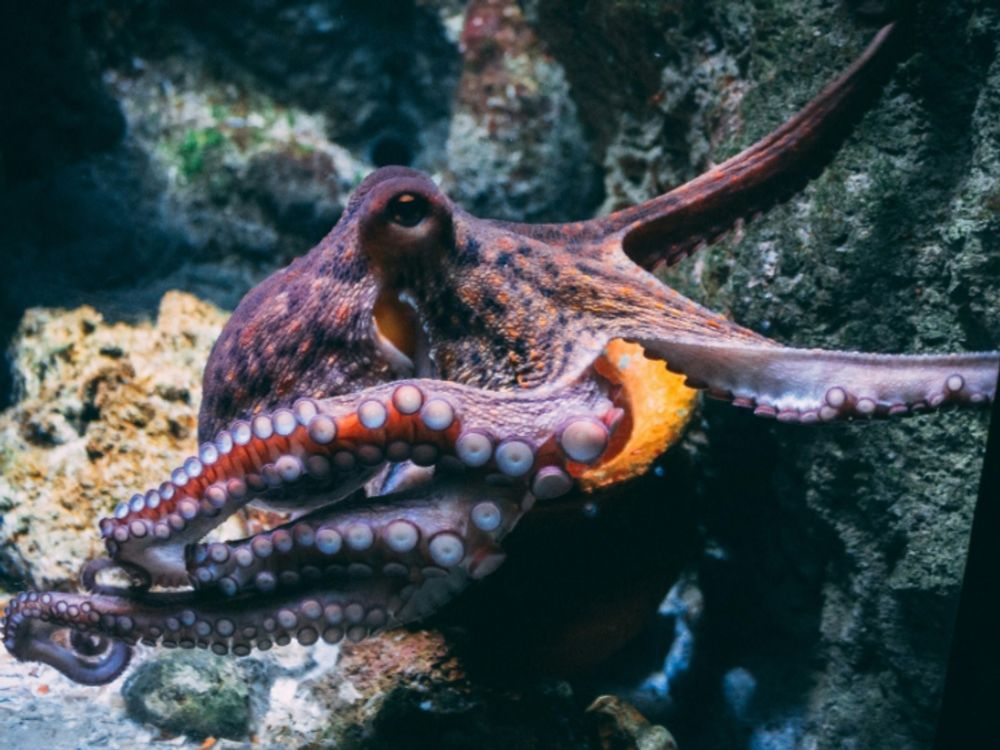
www.lse.ac.uk/News/Latest-...
www.science.org/doi/10.1126/...

www.science.org/doi/10.1126/...


